Almost 28 years ago – I was in my very first sales meeting. Started my new job on January 7th which was also the annual sales kick-off meeting.
The head of Sales was in front of the room and said, “As everyone knows….”
Maxine who had started with me (hours before) tentatively raised her hand and said “We don’t know…” of the four new hires sitting together, feeling both bemused and confused.
In the realm of inside sales, the ability to communicate effectively is a linchpin for success. This means inside sales professionals must:
- foster clear and jargon-free communication.
- make sure everyone has a baseline understanding of agenda topics.
- ensure robust follow-up after meetings to significantly decrease misunderstanding and keep things moving forward.
Shed the Jargon
The first step towards achieving conversational clarity is to shed the jargon. While industry-specific terminologies might be a shortcut for explaining complex ideas among seasoned professionals, it can be a roadblock for newcomers and clients who are not familiar with the lingo.
The moment the head of Sales assumed everyone knew what she was talking about, four people in the room shifted from enthusiasm to confusion. It’s crucial to gauge the audience’s understanding and adjust the language accordingly.
Employing simple, clear, and precise language not only makes the conversation inclusive but also builds rapport. Add that it’s essential to foster an environment where questions are encouraged, just like Maxine did, to ensure that everyone is on the same page.
Building a Baseline Understanding
Establishing a baseline understanding among all participants is the cornerstone for productive discussions. Before diving into the nitty-gritty, ensure that everyone has a solid grasp of where you’re starting the discussion.
This can be achieved through pre-meeting materials or a brief overview at the beginning of the meeting. A shared baseline understanding ensures that the team can navigate through complex discussions with a unified perspective, significantly enhancing the productivity and outcomes of the meeting.
It can be as easy as asking “What are you hoping to get out of our time together?” listening to the answer and then laying out what you believe you know – with a question to confirm you’re all on the same page.
Robust Follow-Up
The dialogue should not end when the meeting does. Employing robust follow-up is instrumental in ensuring that the discussed points are well-understood and actionable.
Be sure you send a succinct summary of the key takeaways, next steps (including who is responsible for doing what), and a platform for addressing any lingering questions. This can go a long way in solidifying both understanding and commitment. The follow-up is an opportunity to clarify any ambiguities, reiterate the important points, and maintain the momentum generated during the meeting.
In that sales meeting nearly three decades ago – Maxine’s candid remark, for me, set the importance of clear communication in sales. Make sure your explanations make sense to EVERYONE in the room!
Always working to be clear,
Lynn

